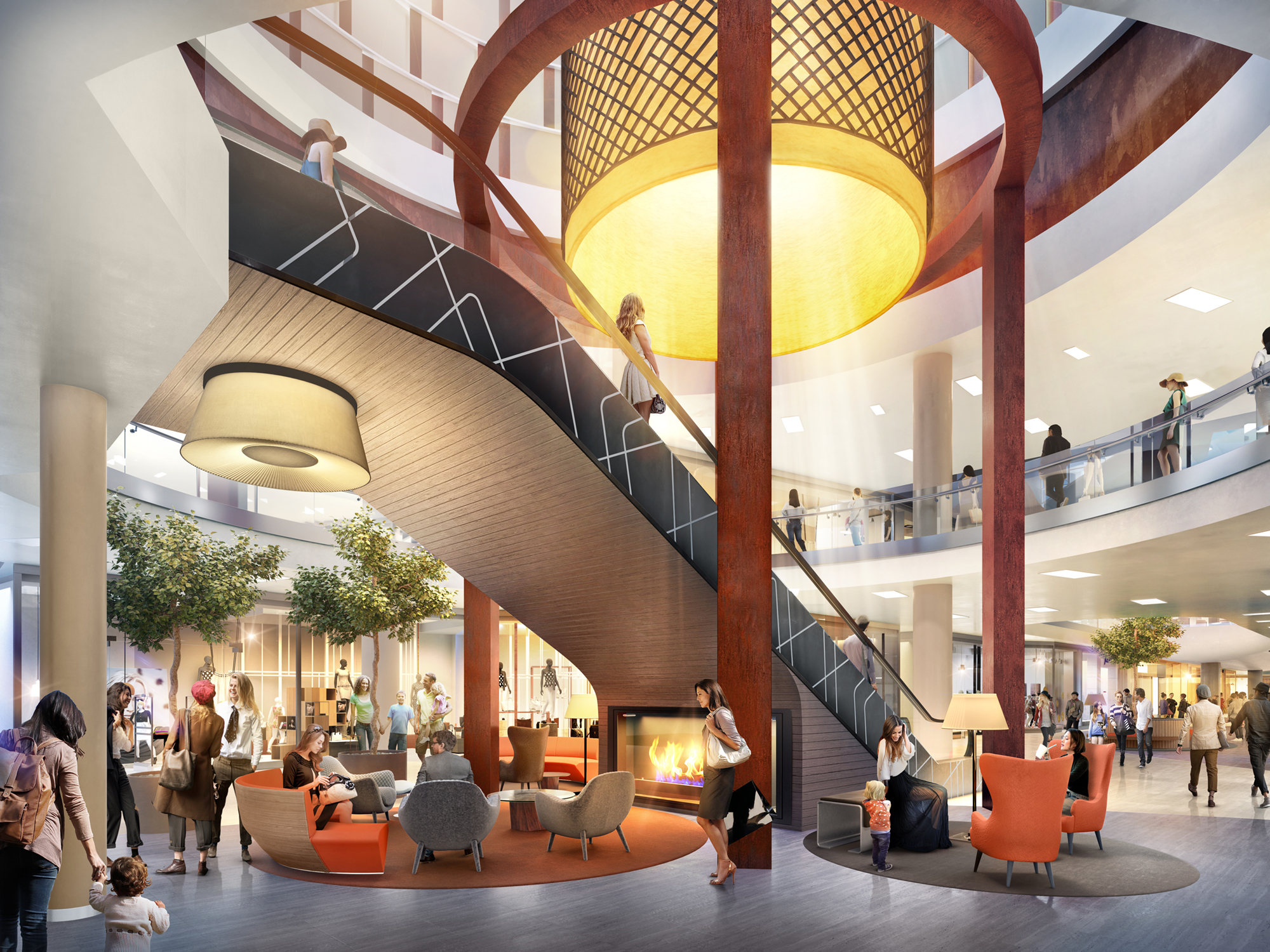Broadway Malyan’s Director David Whitehead examines how the influence of the ‘guest’ experience is creating a new design language.
By 2035 it is expected that 50% of the working population will be freelancing in some capacity.
Working remotely is becoming more of a lifestyle choice as people capitalise on the freedoms of mobile technology.
The result of this digital nomadism is changing how we connect as human beings and consequently the spaces in which we live. Tomorrow’s consumer is no longer a client or customer, but rather a ‘guest’ with the emphasis on the guest experience. The millennial traveller for example, seeks fulfilment from working remotely, meeting new people, exploring new cultures and destinations with an overall more holistic approach to life which is ultimately driving the change for a lifestyle-orientated experience.
The hospitality approach is for now something tangible as a concept, understandable, and therefore is currently acting as the conduit towards a more experiential design language and level of service.
The boom of the digital nomad and advancements in technology over the next 20 years are set to distance us, yet simultaneously it will bring us closer together in new ways as the built form tries to play catch up.
Despite the freedoms the new digital world has to offer, at times it can be very solitary – technology does not always satisfy humankind’s innate need to meet. The meeting places or ‘experiential centres’ are where people interact, engage, and socialise. In so doing, the spaces we inhabit today are changing and consequently blurring the boundaries not just between sectors but also how we work, rest and play.

Metamorphosis of retail and workplace
Metamorphosis of retail and workplace
Taking cues from the hospitality industry, the traditional sectors such as retail and workplace for example, are undergoing an unprecedented level of change and transition to facilitate a consumer experience. From the high street, to showrooming and co-working, the desire and expectation is for an ‘experience’ at work and as a leisure activity. Places we traditionally understood as shopping centres, offices and hotels are undergoing a metamorphosis and becoming hybrids – driven by a new design language that is more familiar and recognisable as a living room than a place of work, or a hotel lobby that looks more akin to an industrial warehouse. These meeting places will become more divergent and bespoke as the world’s population grows, and new tribes and
sub-tribes emerge with future generations.
An Era of Human Centred Design
The reinterpretation of these spaces is not a fleeting trend – it is clearly and tangibly gaining momentum in the market place. It is having a direct effect on the places we are designing now and is influencing what’s on the drawing board and under construction. As these spaces transition and adapt to a more design and digitally savvy clientele, we find ourselves moving into an era of Human Centred Design. There will be a more tailored and bespoke creative approach to design solutions where the emotive response generates the added value for our clients.
Beyond the simple construction of space, the spreadsheet and client brief, these new hybrid centres of Baudelaire’s ‘interieur’ are the new meeting places, town squares and streets, a forum for social interaction and engagement. In doing so, they provide the nexus for people, space, technology or the spiritual, physical and digital, where we are all ‘guests’.

